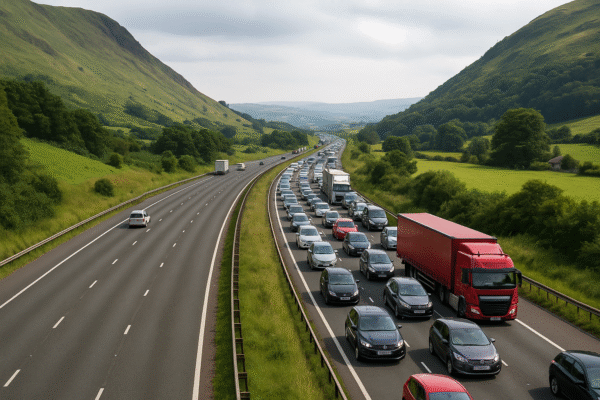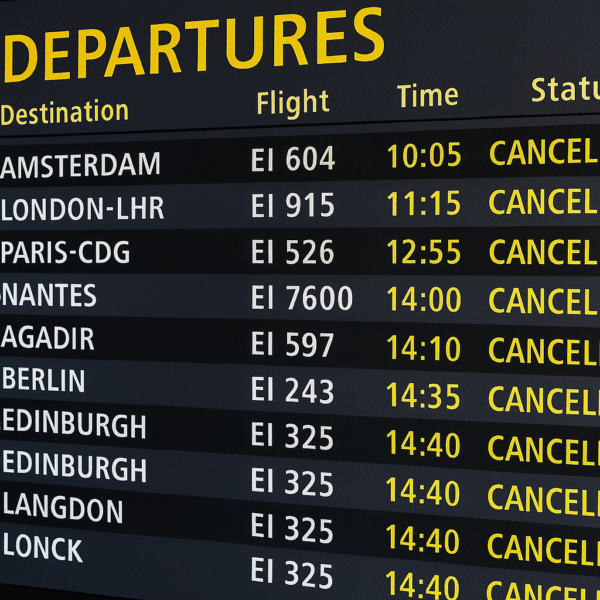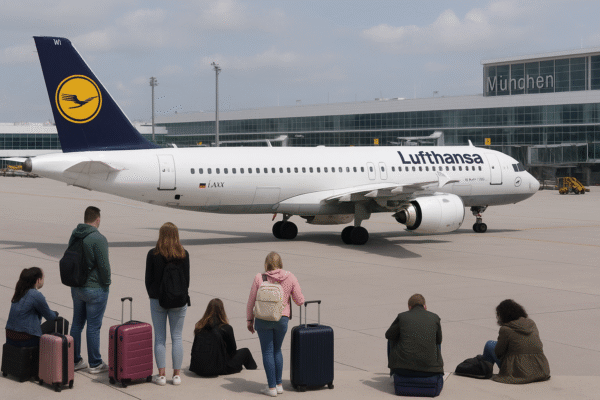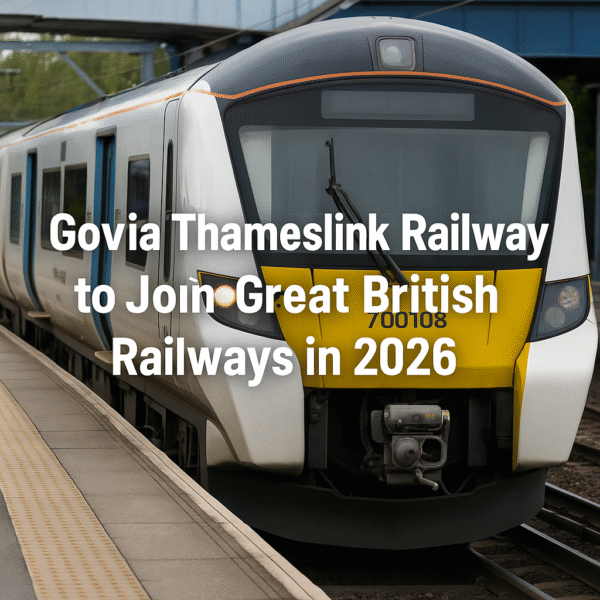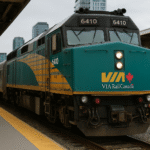The UK’s rail network is preparing for one of its most significant transitions in decades. Govia Thameslink Railway (GTR), the country’s largest train operator, will move into public ownership on 31 May 2026, joining the newly established Great British Railways (GBR). This decision, confirmed by the Department for Transport, forms part of a broader government strategy to bring key train services under national control, delivering greater efficiency and a more unified system for passengers.
The shift marks a defining moment in the ongoing reforms of Britain’s transport sector. With GTR operating major services including Thameslink, Southern, Great Northern, and Gatwick Express, its integration into GBR is expected to reshape daily commuting, regional tourism, and long-distance travel alike.
The Nationalisation Roadmap
GTR’s transition is one step in a carefully phased nationalisation plan. Ahead of it, Greater Anglia will move into public ownership in October 2025, followed by West Midlands Trains in early 2026. Once GTR joins, the operator will officially become part of the single GBR structure, which will oversee timetables, ticketing, and operations across the country.
The aim is a more integrated rail system, eliminating the fragmentation that has often frustrated passengers. A unified approach will also simplify ticketing, offering more seamless journeys across regions while reducing the complexity that has long defined Britain’s privatised network.
What Passengers Can Expect
For millions of passengers, the most pressing question is whether the transfer will disrupt their daily routines. The Department for Transport has confirmed that services, timetables, and ticketing systems will remain unchanged during the transition. This means commuters and leisure travelers can continue using their existing tickets, passes, and travel cards without interruption.
The continuity is designed to reassure customers that the change in ownership is about improving long-term outcomes rather than creating short-term uncertainty. The eventual integration into GBR will focus on delivering better value, more efficient operations, and enhanced customer service.
Importantly, the stability provided during the transfer will allow passengers to plan holidays, business trips, and regional tourism without fear of disruption. Rail remains a cornerstone of UK tourism, connecting cultural hubs like London, Brighton, Cambridge, and Gatwick Airport, all served by GTR routes.
Job Security and Workforce Stability
GTR employs thousands of staff across its network, making employee welfare a critical priority in the transition. All current staff contracts will transfer to the new publicly owned entity, ensuring that jobs, benefits, and pensions are safeguarded.
The continuity for staff is intended to create stability while building confidence in the new system. Moreover, the government has emphasized its commitment to supporting apprenticeships, professional development, and diversity within the workforce, ensuring that the rail industry continues to provide long-term career opportunities.
The preservation of workforce stability also supports passengers, as experienced staff remain central to delivering safe, reliable, and high-quality service.
GTR’s Legacy of Investment
Since it began operations in 2014, Govia Thameslink Railway has been at the forefront of modernising the UK rail network. Its introduction of over 1,500 new carriages, the development of modern station facilities, and the pioneering of digital signalling technology represent some of the most notable investments in the industry.
The company also launched community projects, apprenticeship programmes, and customer-focused innovations that have contributed to both social and economic value. For example, GTR’s award-winning timetable consultation reduced overcrowding on key commuter routes and increased weekend ridership, highlighting its responsiveness to passenger needs.
These achievements form part of the foundation on which GBR will build, ensuring that innovation and modernisation remain central to the public-owned future.
A Vision for Future Rail Travel
With its integration into Great British Railways, GTR will help shape the future of UK rail travel. Under a single national structure, the network will prioritise sustainability, accessibility, and passenger experience.
One of the key benefits will be the ability to create greener travel options, reducing reliance on cars and supporting the government’s climate commitments. Rail is already one of the most environmentally friendly forms of mass transport, and GBR aims to strengthen its role in reducing carbon emissions.
Tourism will also stand to benefit. Quicker, more reliable services between London, the South East, and key cultural destinations will make it easier for visitors to explore more of the UK. With Gatwick Express included in the network, international travellers arriving in London will have seamless access to the broader national rail system.
A Message from Leadership
GTR Chief Executive Angie Doll reflected on the transition, noting:
“Our purpose has always been about more than transport—it’s about connecting people and communities. As we move into public ownership, our commitment to customers and employees remains unchanged. We are proud of the legacy we’ve built and look forward to shaping a stronger railway under Great British Railways.”
Her comments underline the balance of continuity and change: while GTR’s identity as a private operator will fade, its achievements and values will carry forward into the new nationalised structure.
Conclusion
The nationalisation of Govia Thameslink Railway represents a pivotal moment in UK transport history. By bringing the country’s largest operator into public ownership, the government is signaling its determination to create a more reliable, integrated, and sustainable railway.
For passengers, the promise is simple: no disruption, greater clarity, and a more customer-focused network in the years ahead. For staff, the shift offers stability and continued opportunities for growth. And for tourism and the wider economy, it heralds a future in which the UK’s railways serve as a stronger, greener backbone of national connectivity.
As Govia Thameslink Railway officially joins Great British Railways in May 2026, the journey toward a new era of UK rail travel truly begins.
For more travel news like this, keep reading Global Travel Wire




